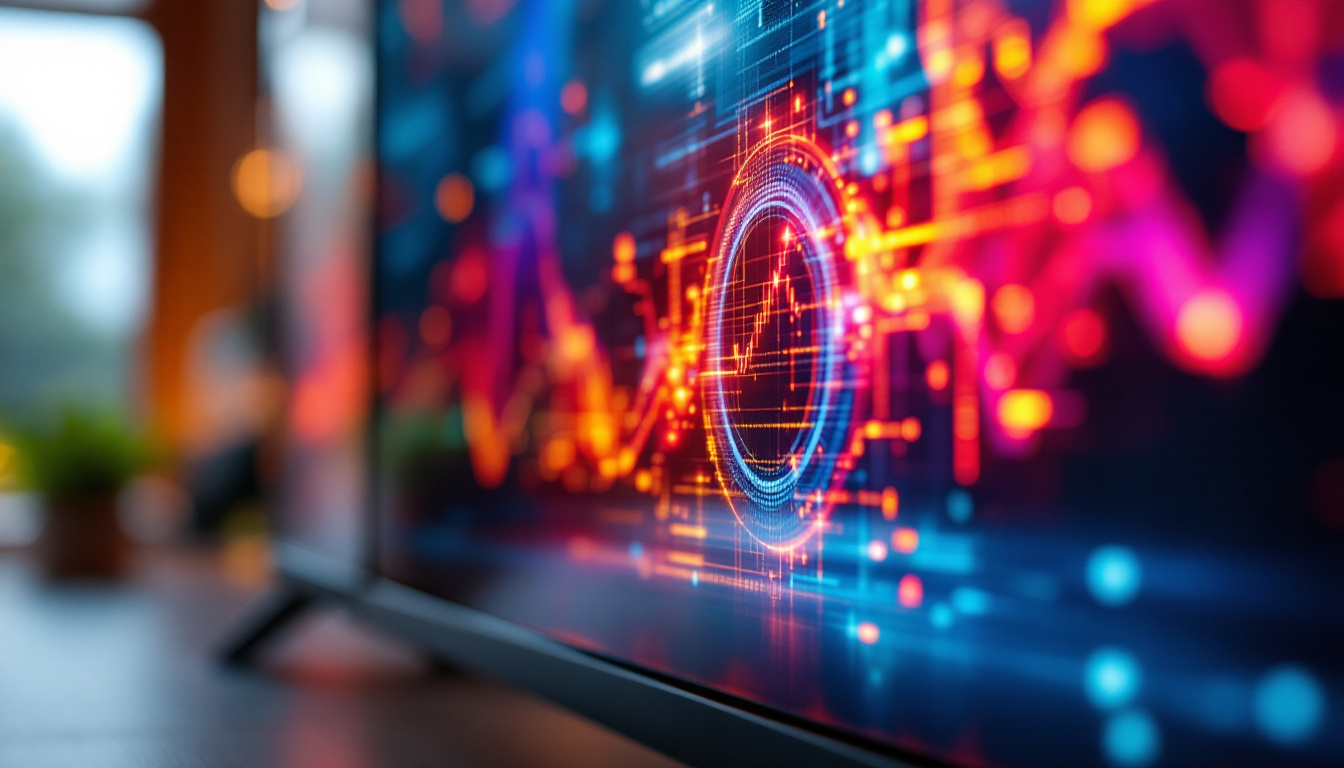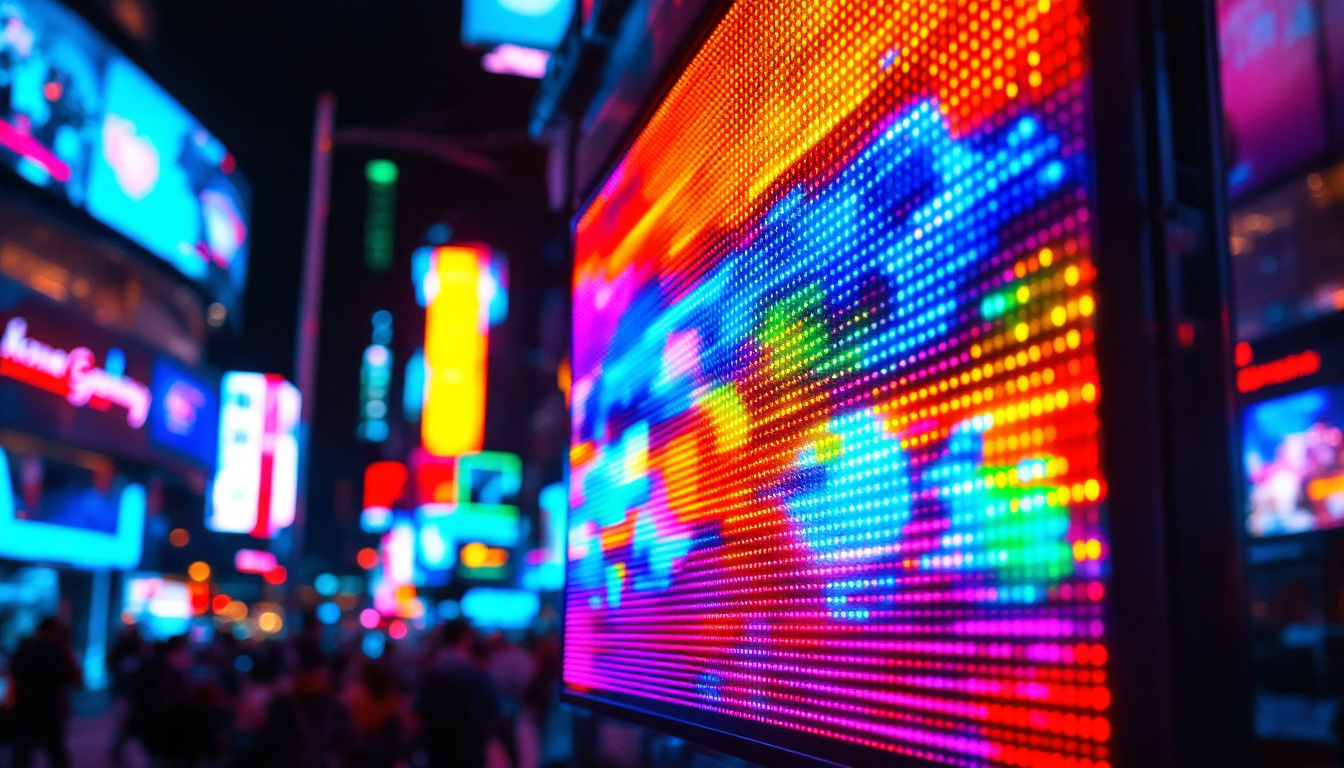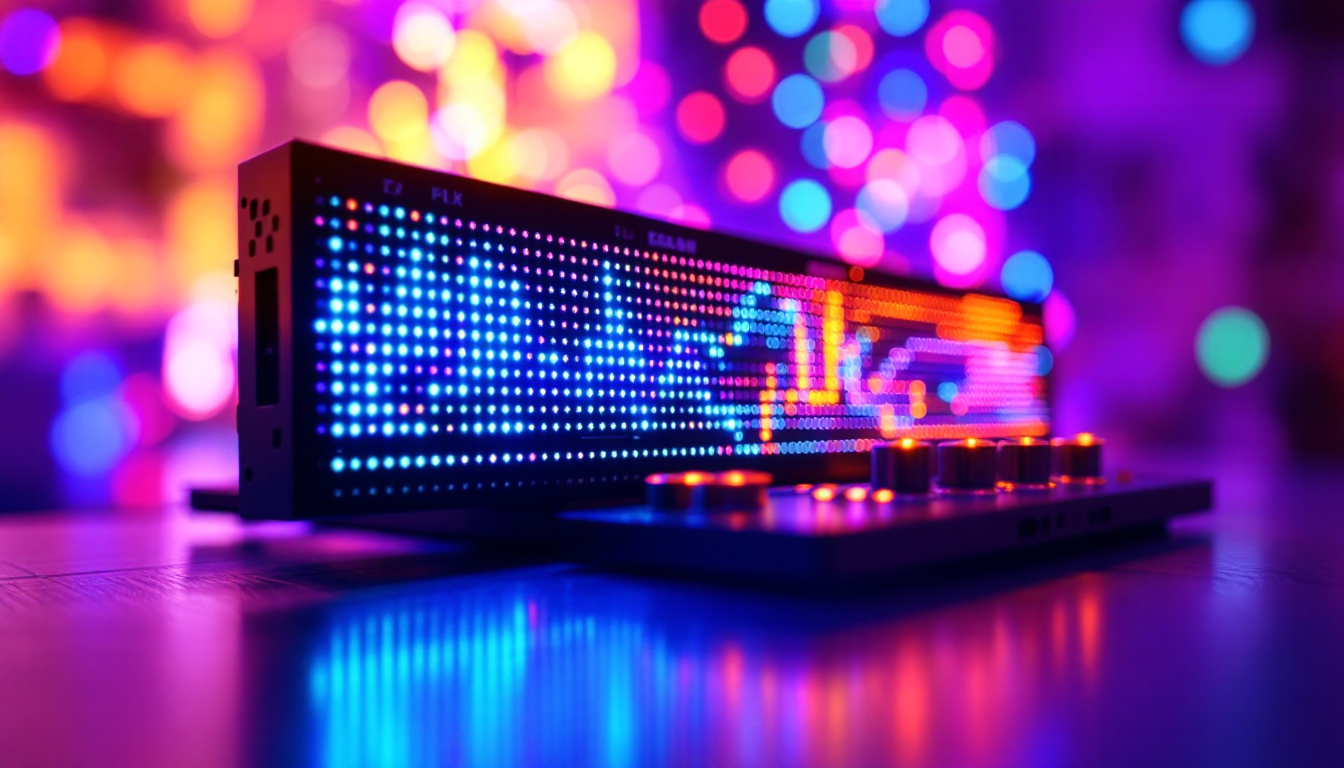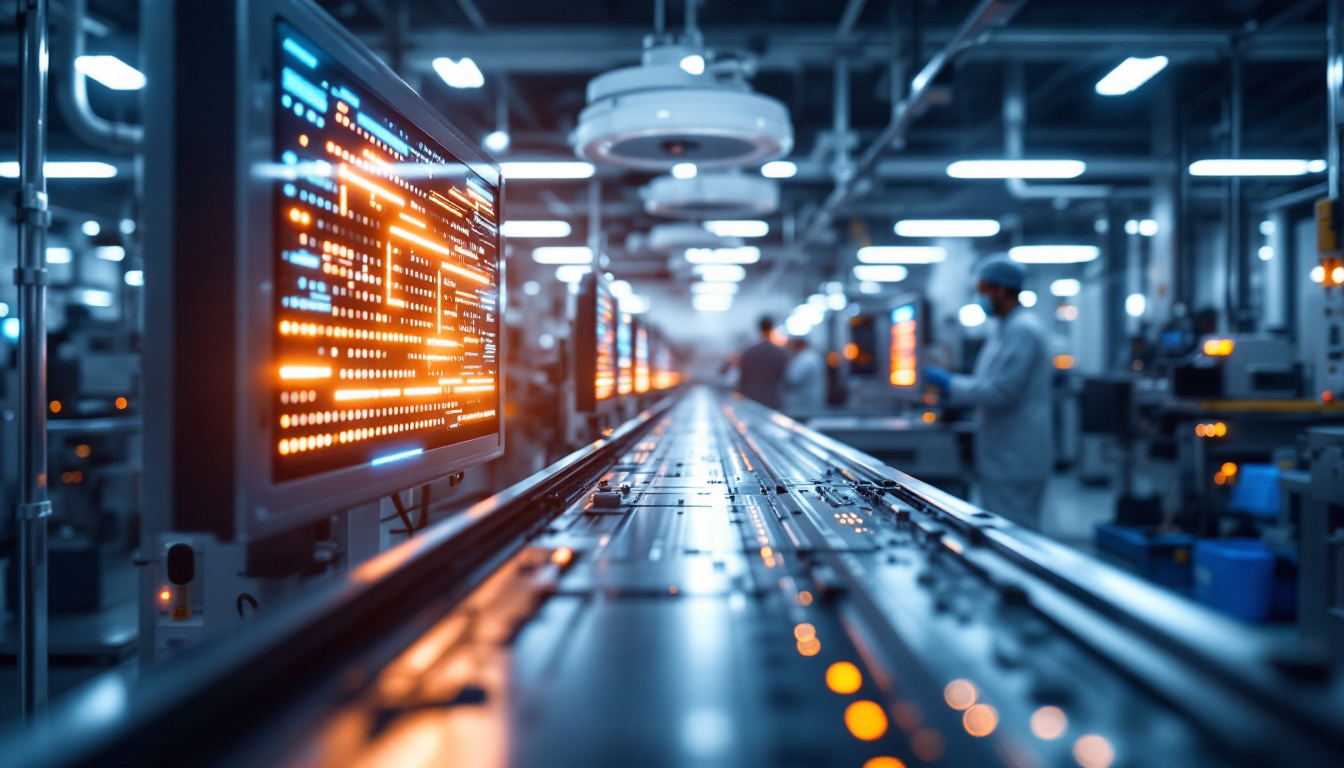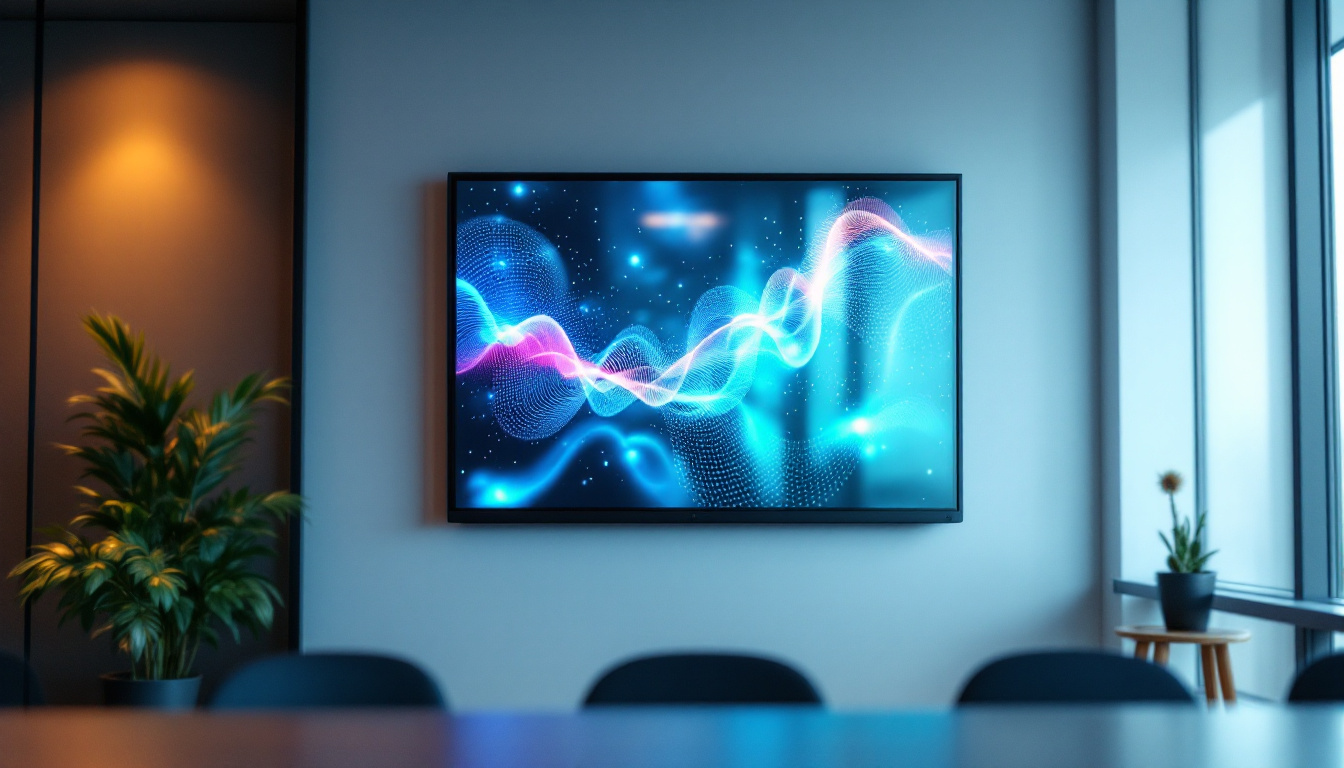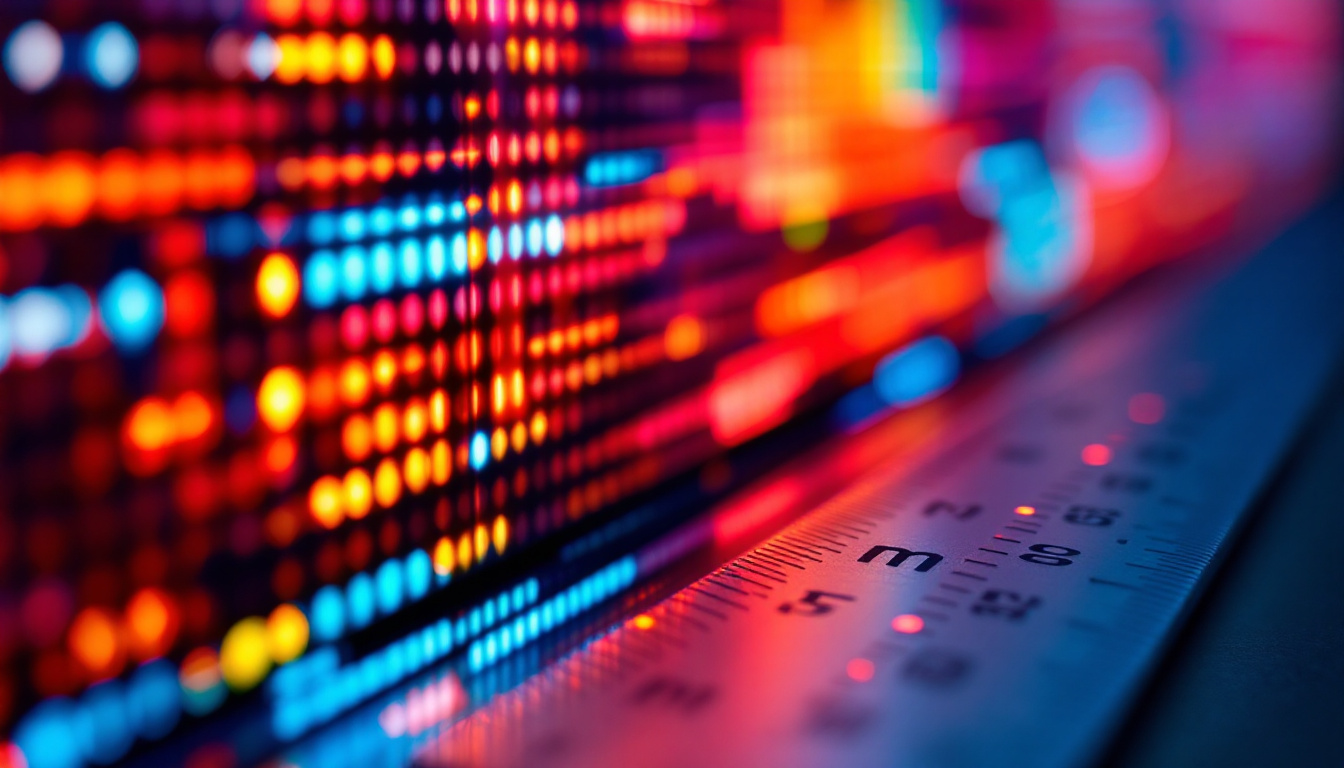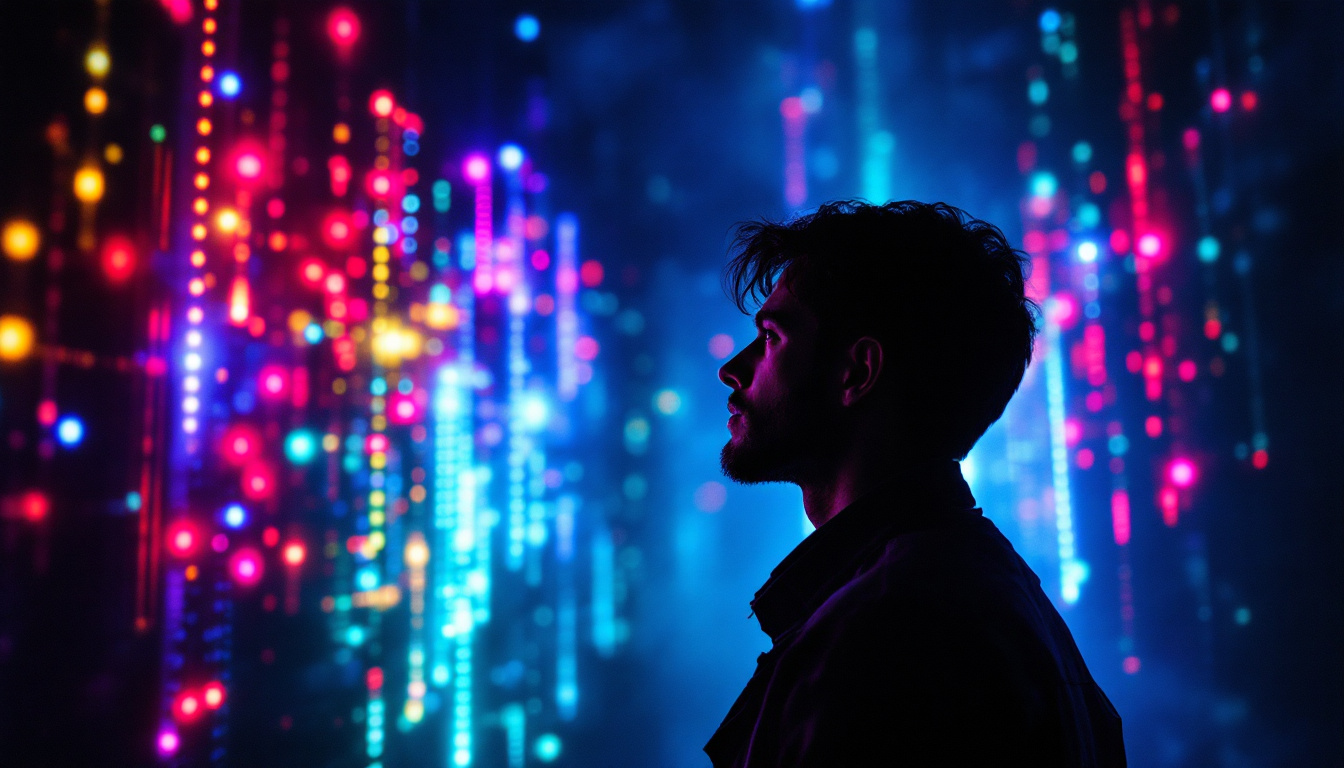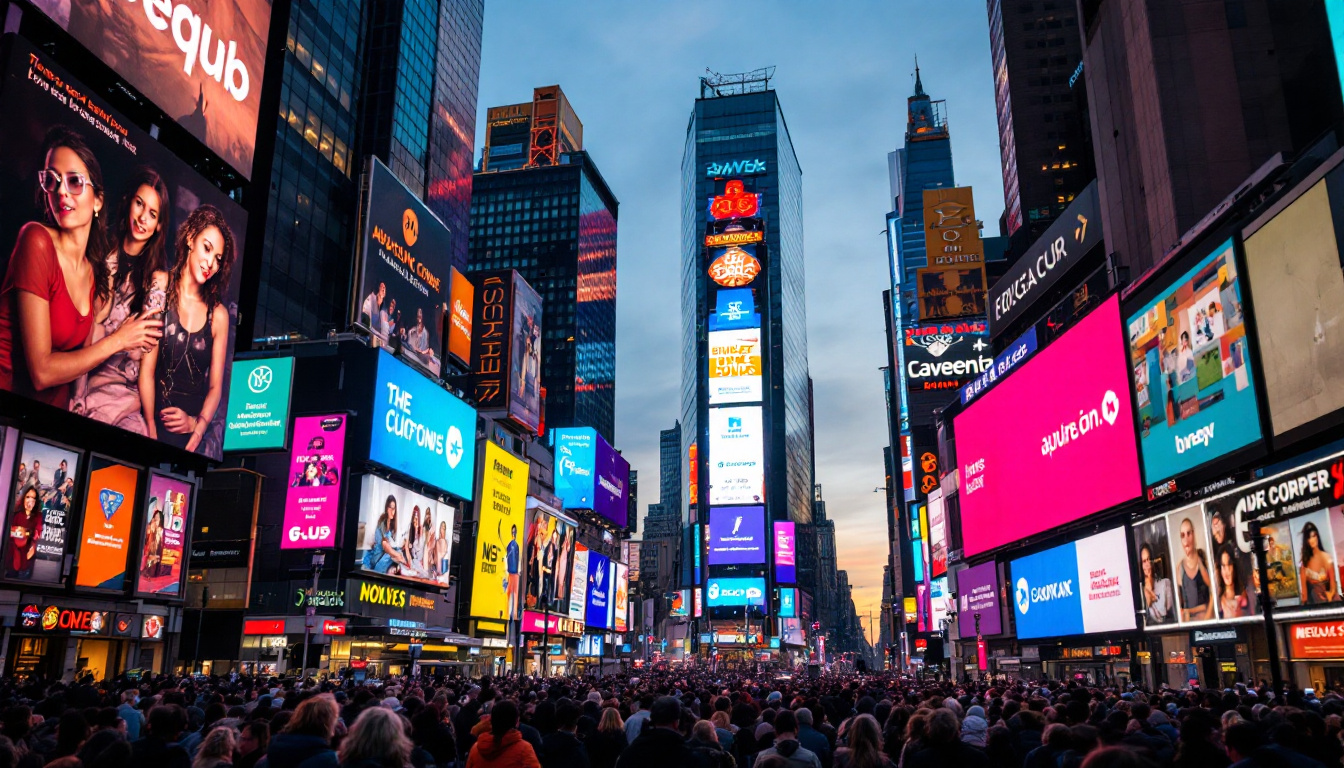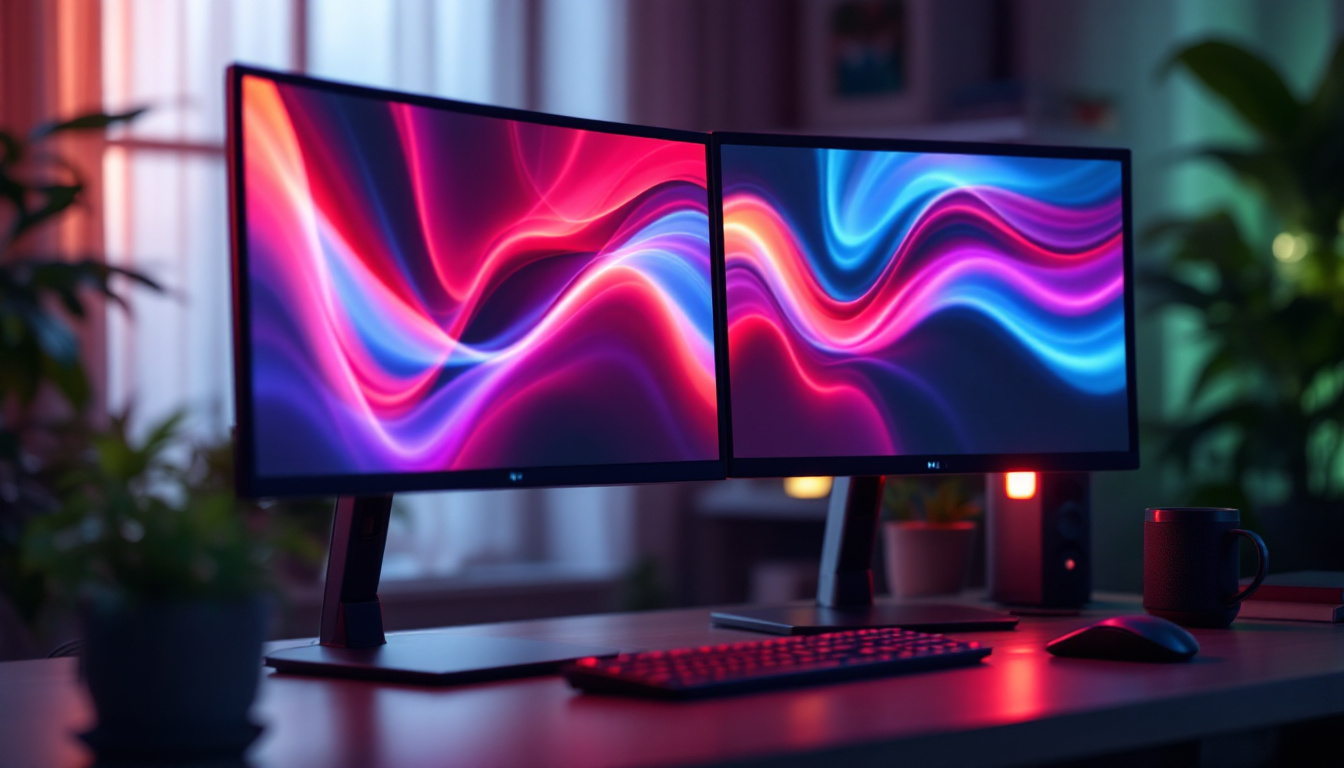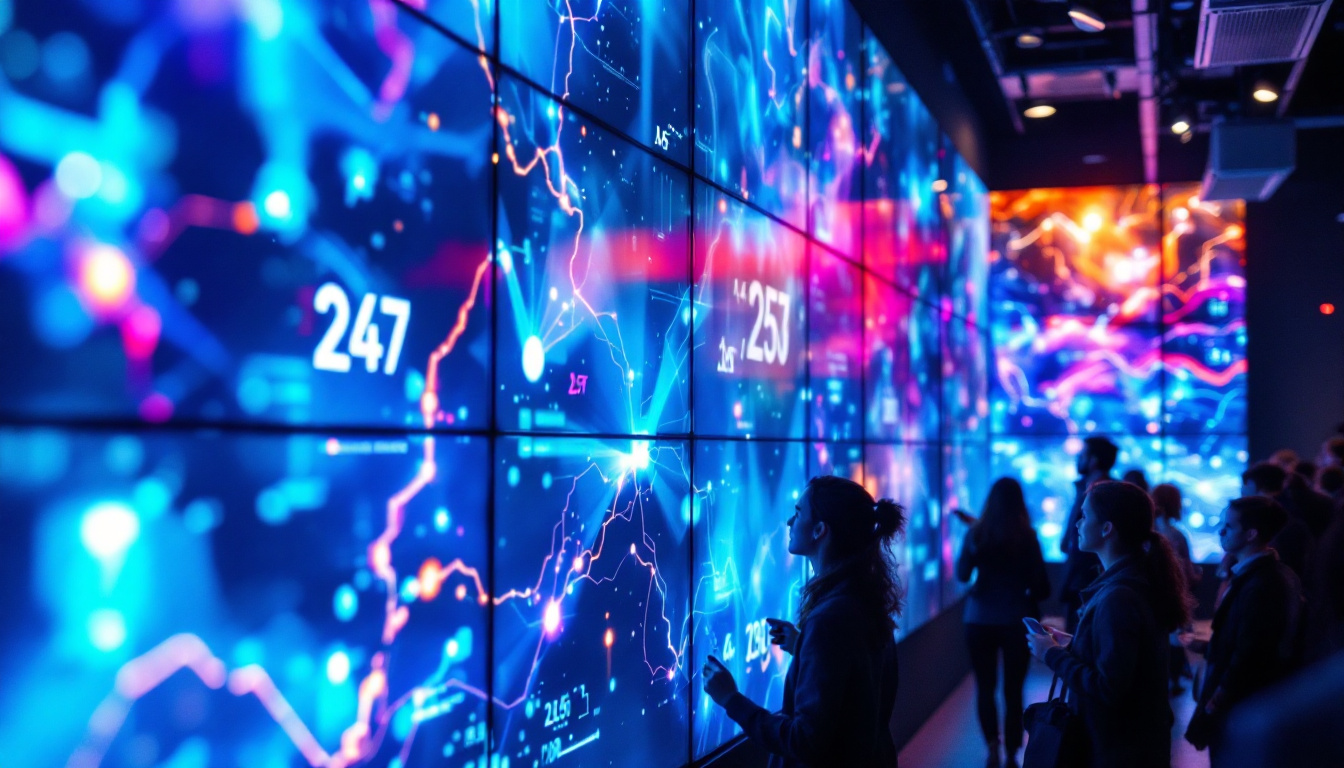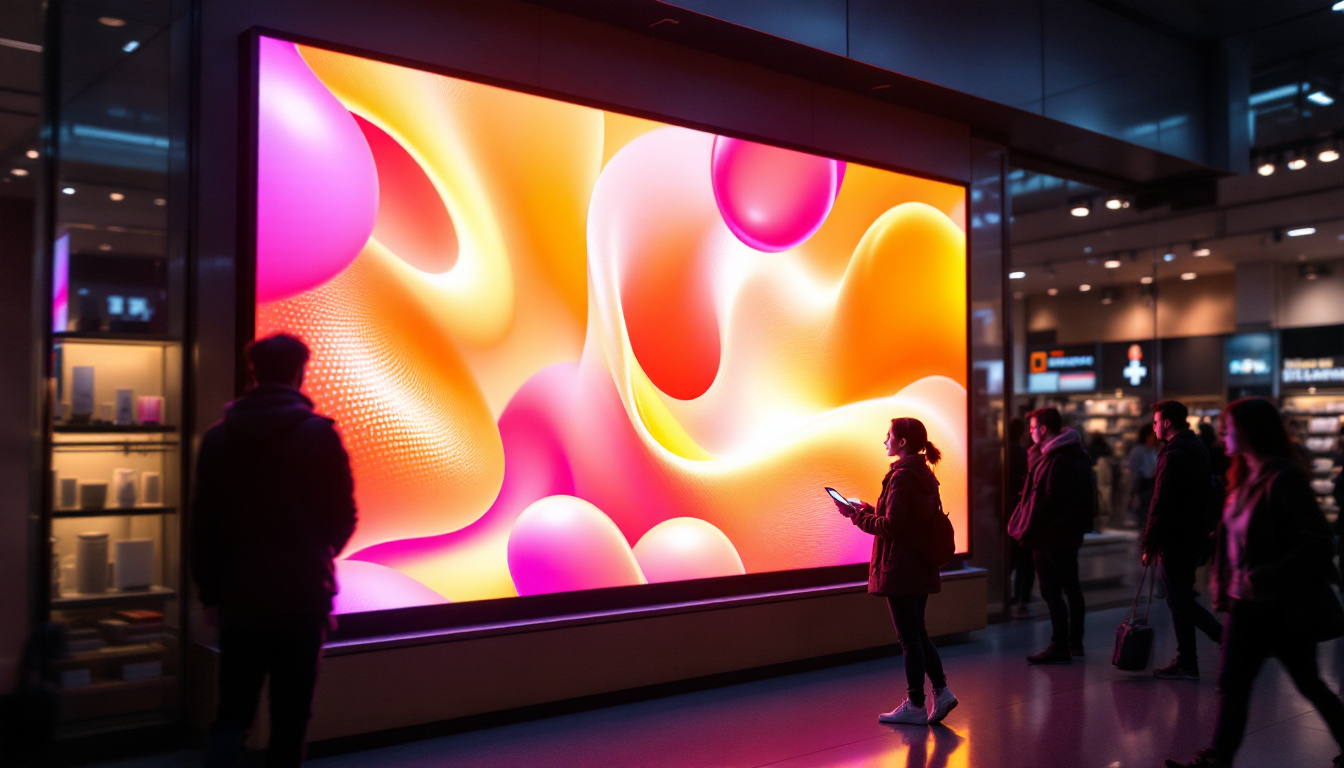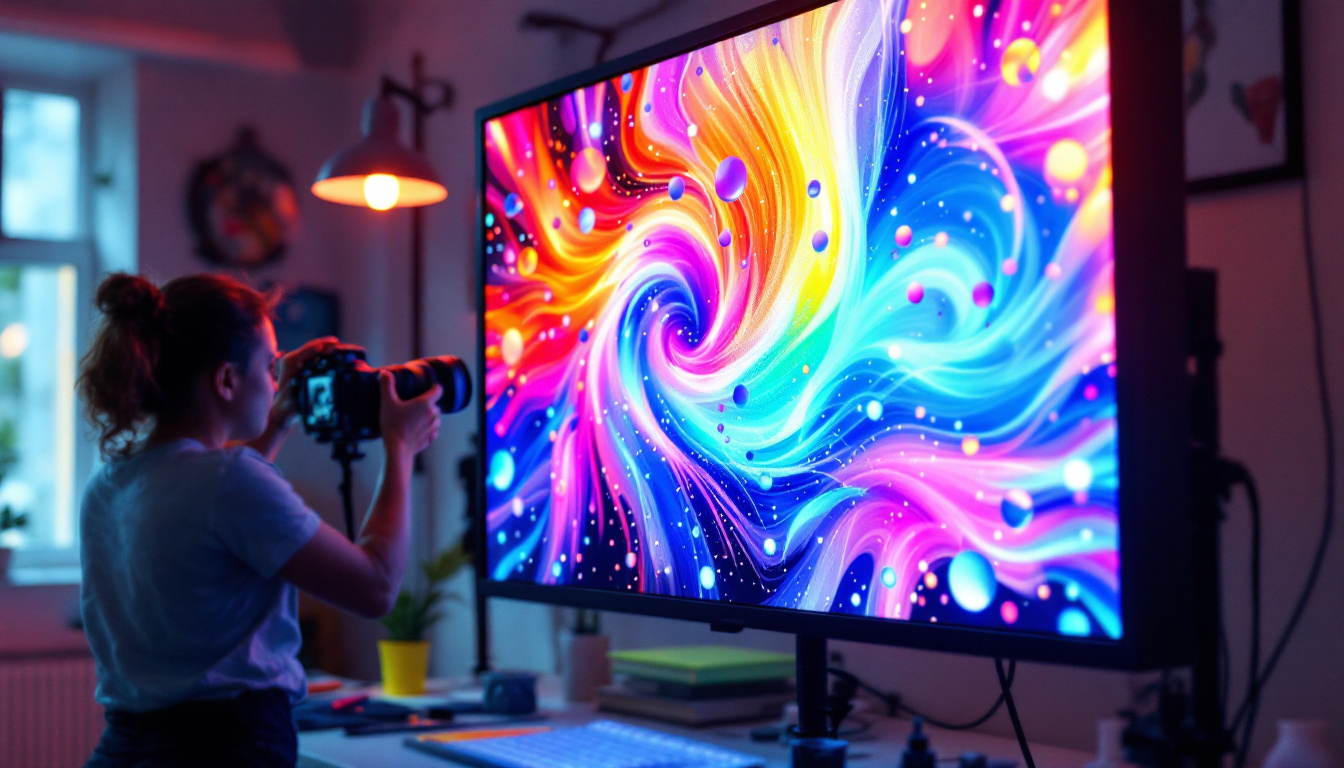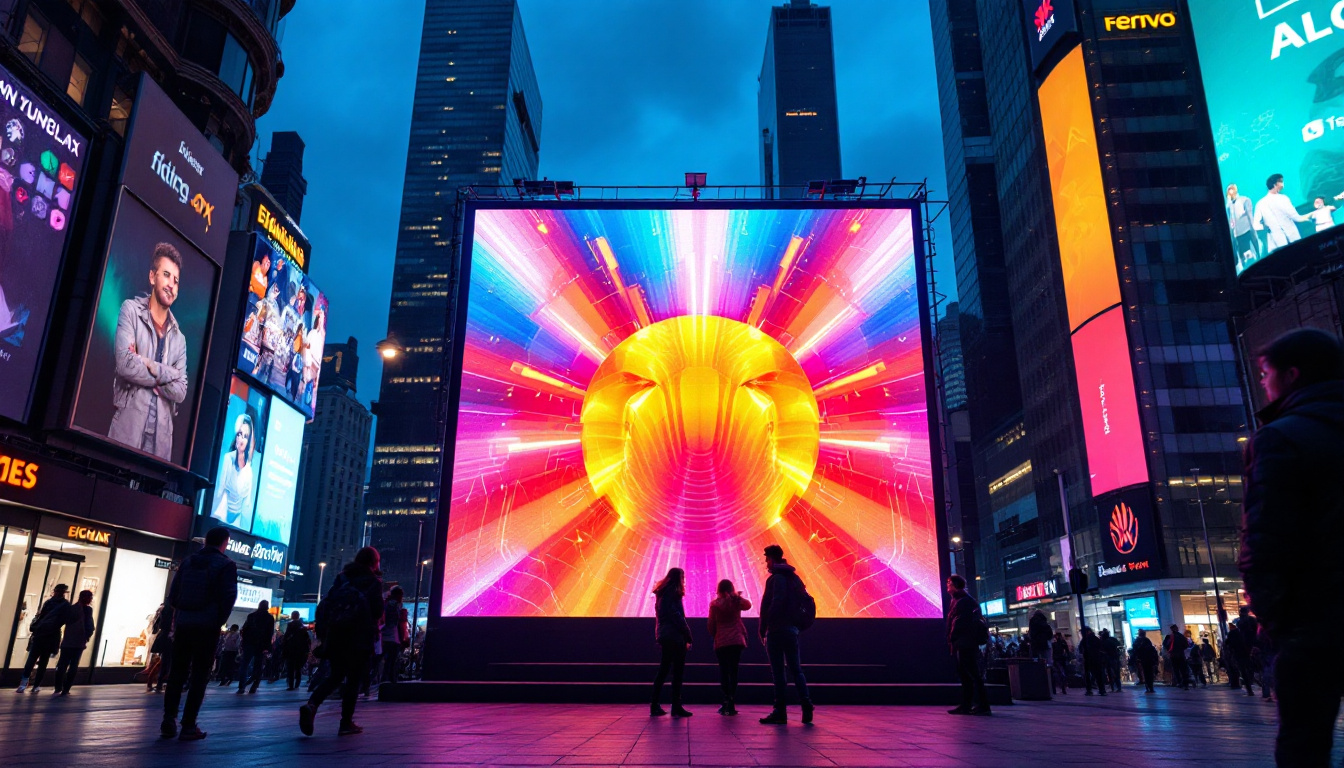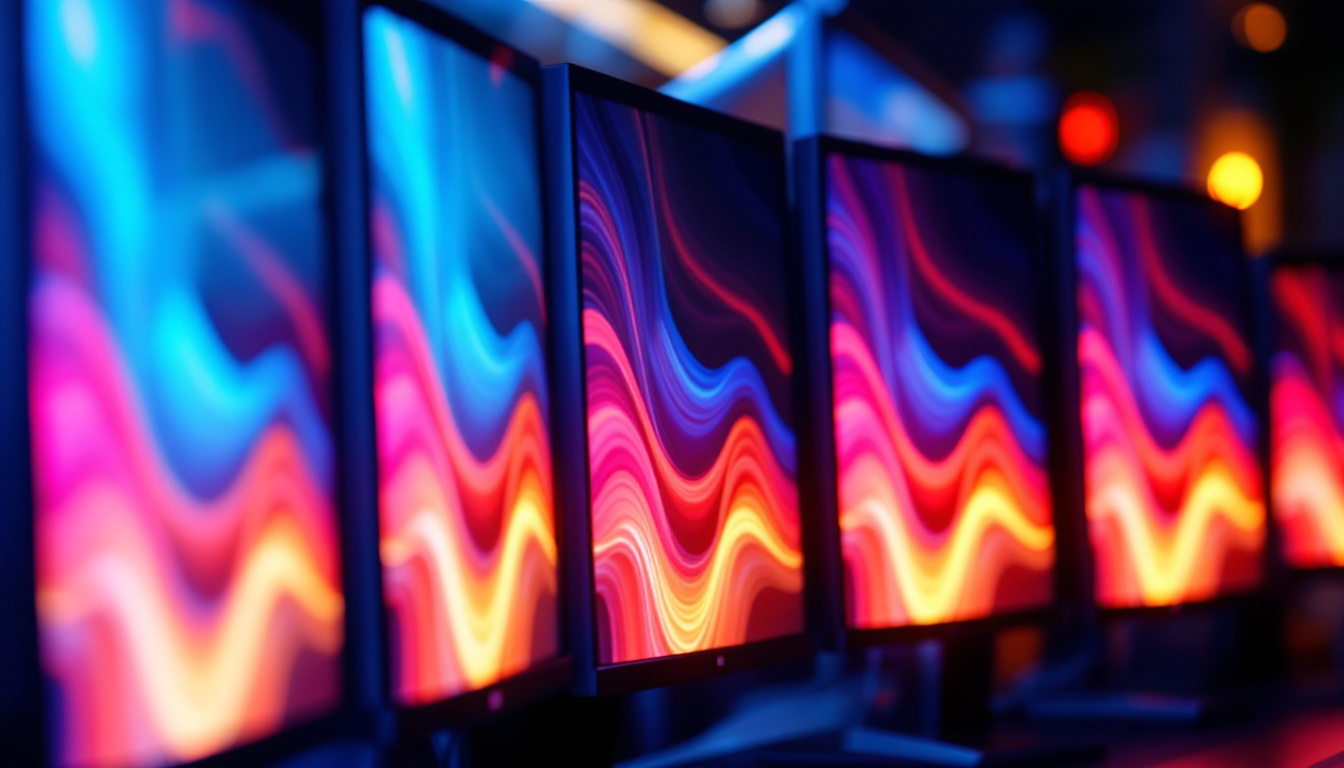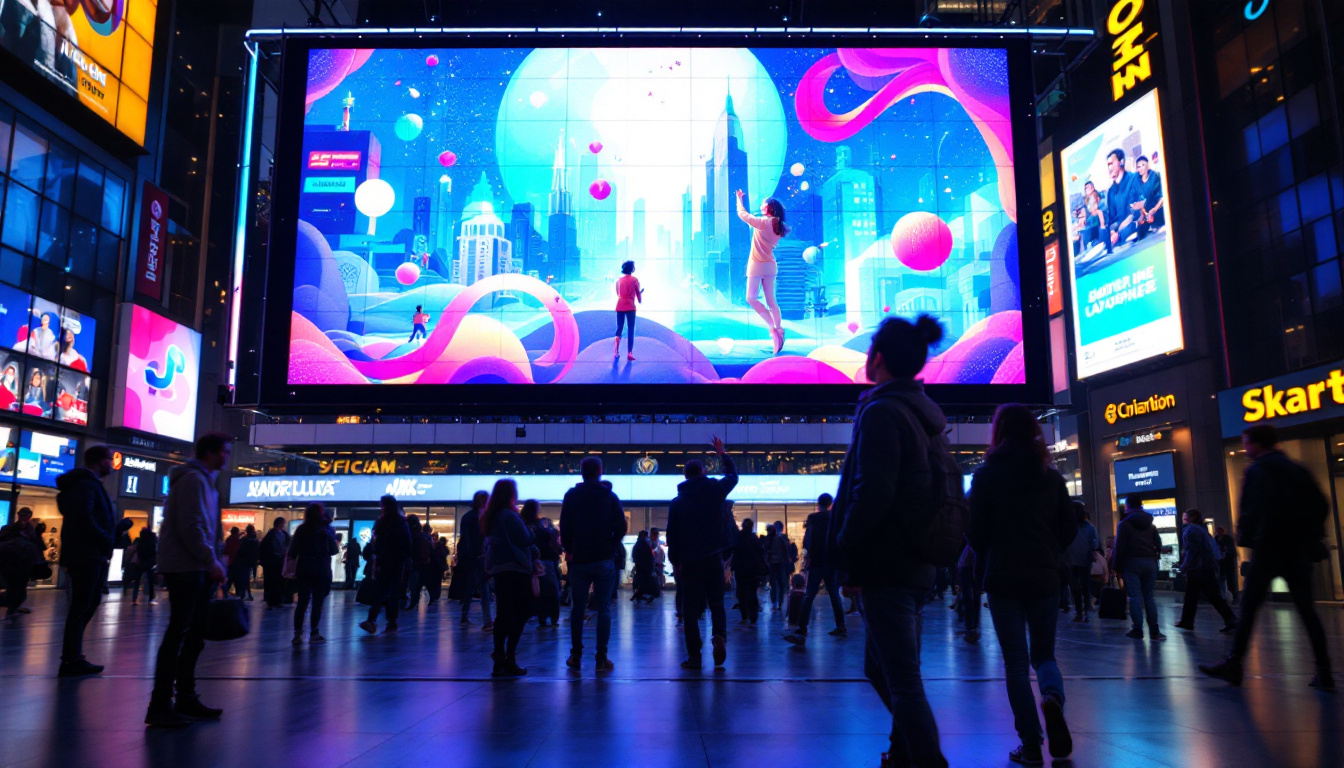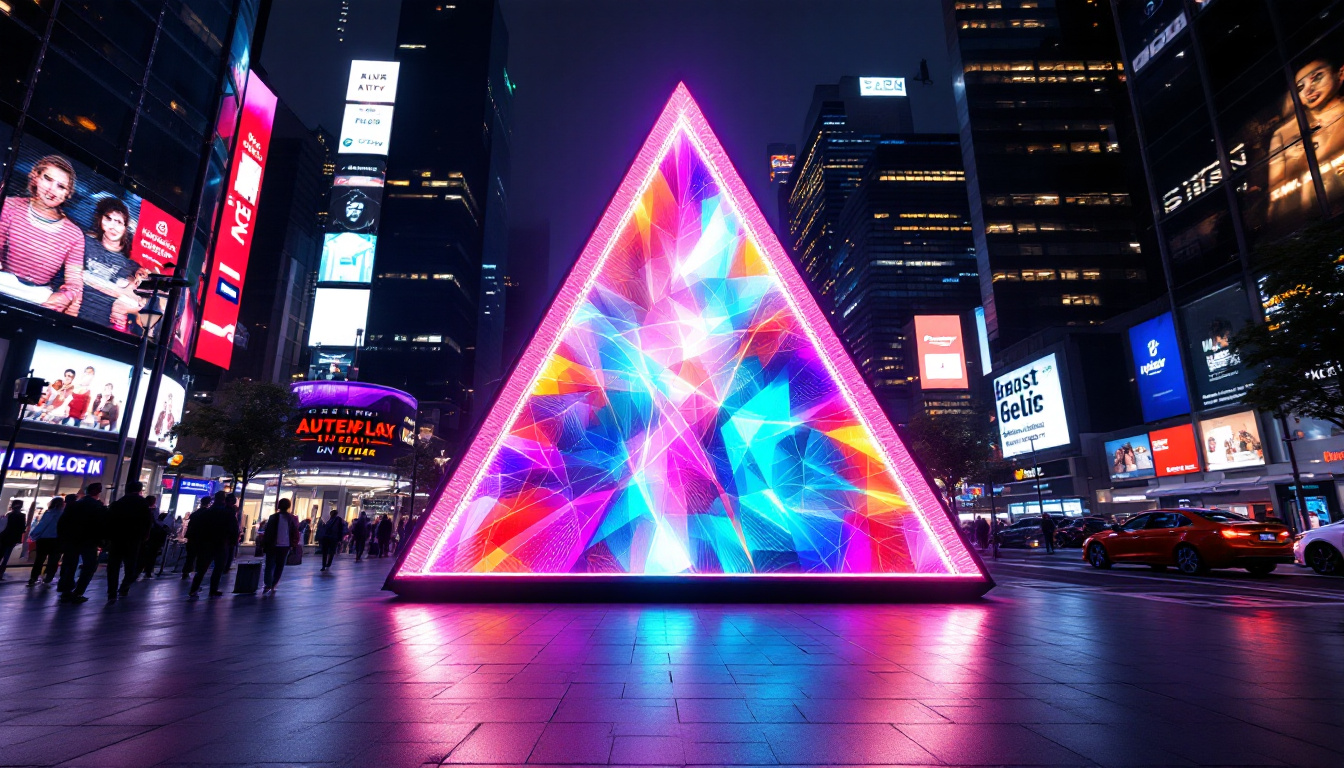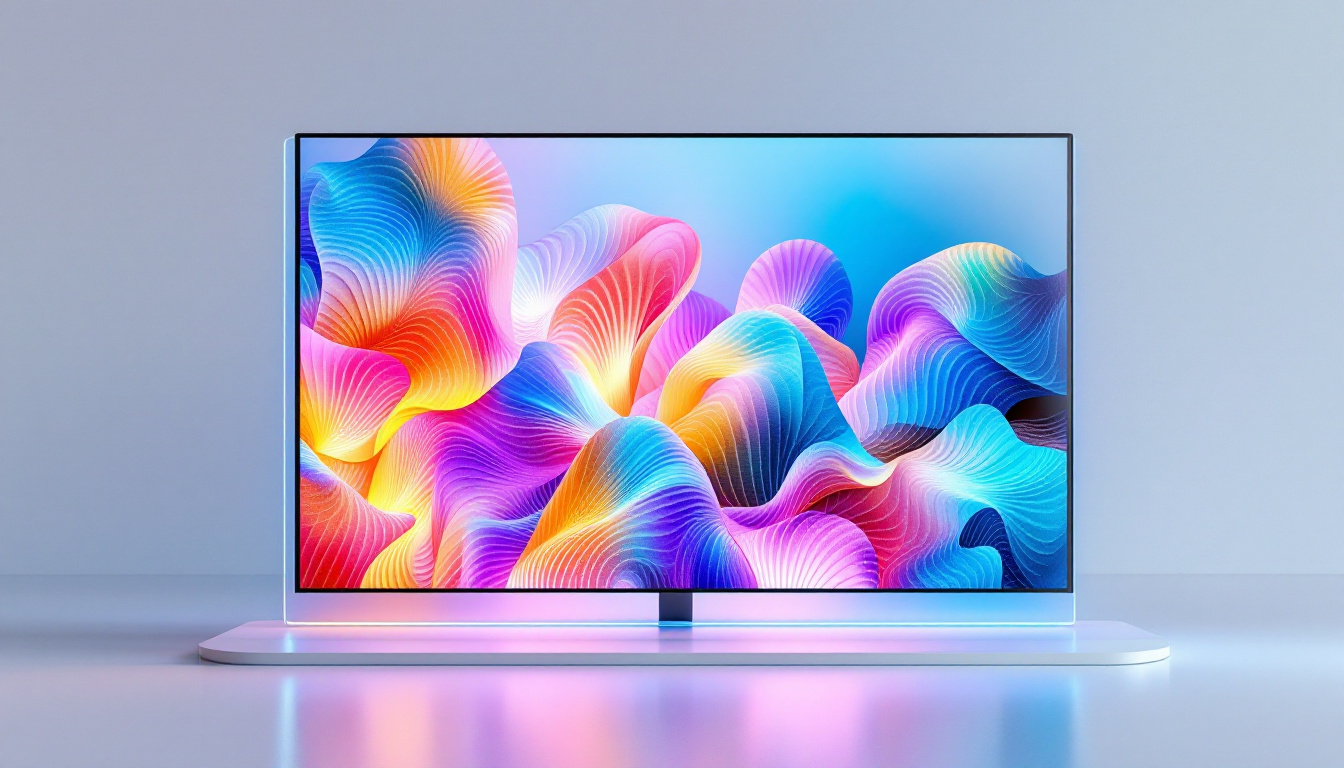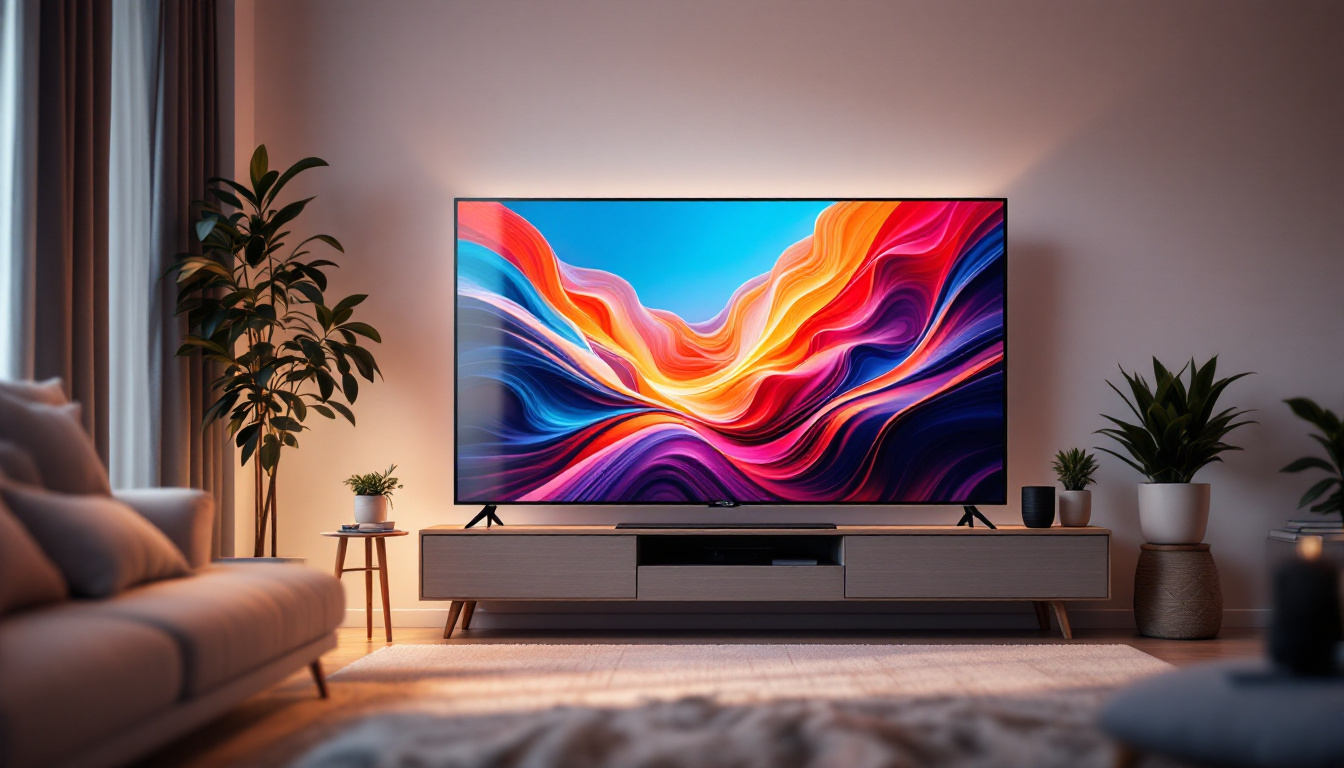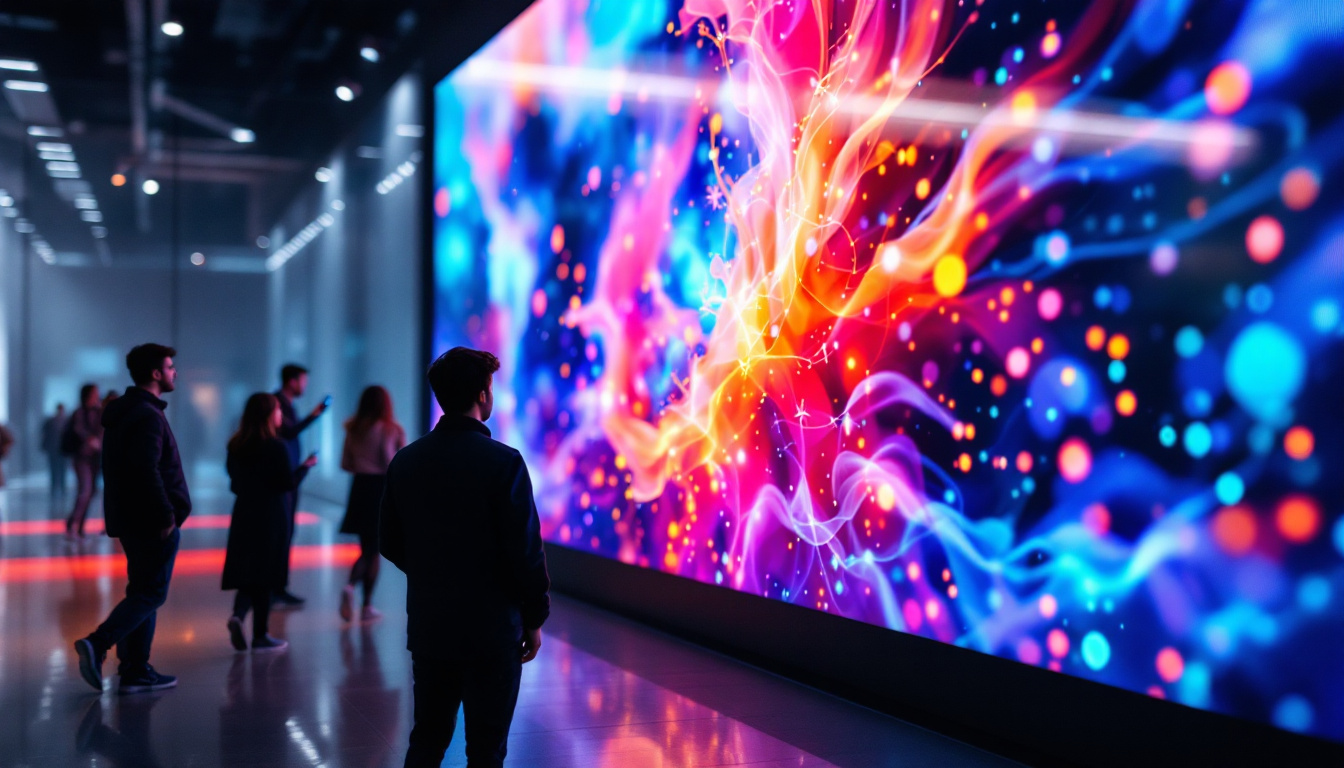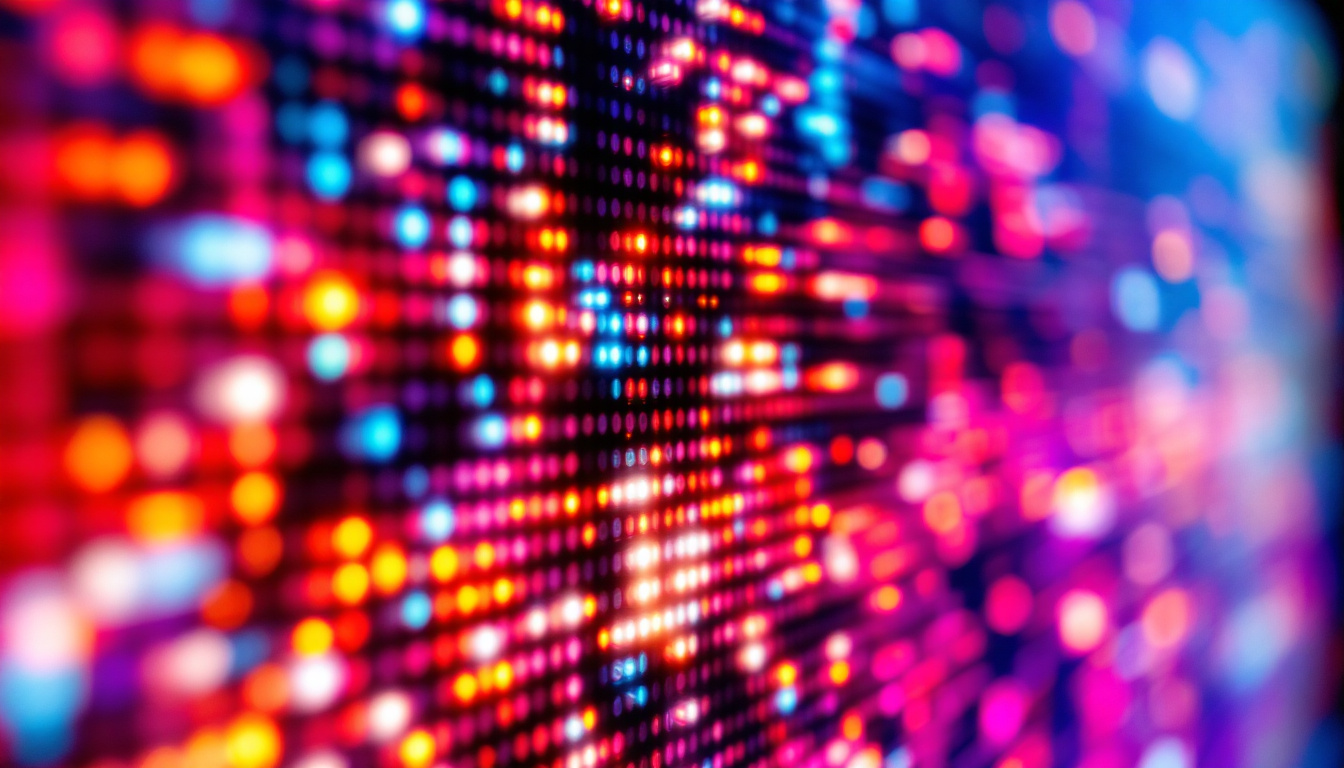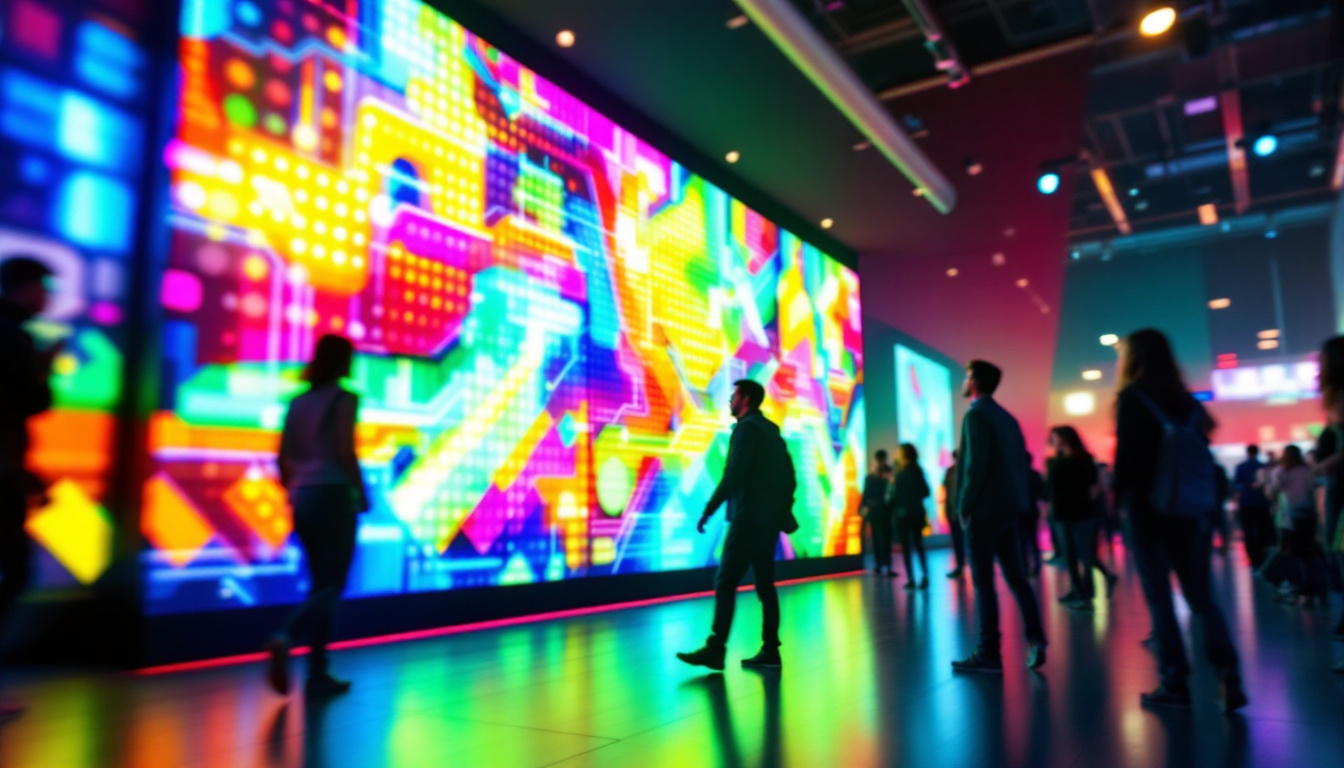In the modern world of technology, LED displays have become a staple in various applications, from televisions to computer monitors. Understanding how LED displays work, their advantages, and their impact on visual experiences is essential for anyone looking to invest in display technology. This article delves into the intricacies of LED displays, exploring their functionality, benefits, and the future of this technology.
What is an LED Display?
LED stands for Light Emitting Diode, a semiconductor device that emits light when an electric current passes through it. LED displays utilize these diodes to create images and videos by illuminating pixels in various colors. Unlike traditional displays that rely on backlighting, LED displays can produce vibrant colors and deeper blacks, enhancing the overall viewing experience. This capability not only improves the aesthetic appeal of the content being displayed but also reduces eye strain, making LED displays a popular choice for both personal and professional use.
Types of LED Displays
There are several types of LED displays, each designed for specific applications. The most common types include:
- Direct LED: In this configuration, LEDs are placed directly behind the screen, providing uniform brightness and better contrast. This type is often used in larger screens, such as those found in commercial settings, where consistent lighting is crucial for visibility.
- Edge-Lit LED: LEDs are positioned along the edges of the screen, using light guides to illuminate the display. This design allows for thinner screens but may result in uneven brightness. Edge-lit displays are commonly found in consumer electronics, where sleek design is prioritized.
- OLED: Organic Light Emitting Diode displays use organic compounds to emit light. Each pixel can turn on or off independently, resulting in exceptional contrast and color accuracy. OLED technology is increasingly popular in high-end televisions and smartphones due to its ability to deliver stunning visuals with true blacks and vibrant colors.
How LED Displays Work
The operation of an LED display revolves around the manipulation of light through diodes. Each pixel on the screen consists of sub-pixels that emit red, green, and blue light. By adjusting the intensity of these colors, a wide range of colors can be produced, allowing for the display of detailed images and videos. This color mixing technique is fundamental to the display’s ability to render realistic images, as it mimics the way human eyes perceive color.
When an image is displayed, the screen’s controller sends signals to the diodes, determining how much light each sub-pixel should emit. This rapid switching creates the illusion of motion and color gradation, making LED displays ideal for dynamic content. Additionally, advancements in technology have led to the development of features such as high refresh rates and low response times, further enhancing the viewing experience. These improvements are particularly beneficial in applications such as gaming and sports broadcasting, where fast-paced action demands precise and fluid visuals.
Moreover, LED displays are also known for their energy efficiency compared to traditional display technologies. This not only contributes to lower electricity bills but also makes them a more environmentally friendly option. As the demand for sustainable technology continues to grow, LED displays are becoming increasingly favored in both commercial and residential settings. Their longevity and reduced heat emission further solidify their position as a leading choice in modern display solutions.
Advantages of LED Displays
LED displays offer numerous advantages over traditional display technologies, making them a popular choice for both consumers and businesses. Some of the key benefits include:
Energy Efficiency
One of the standout features of LED displays is their energy efficiency. Compared to older technologies like LCD and CRT, LED displays consume significantly less power. This efficiency not only reduces electricity bills but also contributes to a smaller carbon footprint, making them an environmentally friendly option. Furthermore, many LED displays utilize advanced technologies such as dimming and adaptive brightness, which further optimize energy consumption based on the surrounding light conditions, ensuring that they use only the power necessary for optimal performance.
Brightness and Contrast
LED displays are known for their impressive brightness levels, which make them suitable for various lighting conditions. Whether in a dimly lit room or a brightly lit environment, LED displays maintain clarity and vibrancy. Additionally, the contrast ratios in LED displays are superior, allowing for deeper blacks and more vivid colors, enhancing the overall viewing experience. This capability is particularly beneficial for applications such as digital signage and outdoor displays, where visibility can be compromised by sunlight or glare. The ability to produce high dynamic range (HDR) content further elevates the visual quality, making images appear more lifelike and immersive.
Longevity and Durability
LED displays have a longer lifespan compared to traditional displays. With proper care, an LED display can last for over 50,000 hours, significantly reducing the need for frequent replacements. This durability makes them a cost-effective investment in the long run. Additionally, LED technology is less susceptible to screen burn-in and damage from impact, which is a common issue with older display types. This resilience makes LED displays an ideal choice for high-traffic areas and environments where durability is paramount, such as schools, airports, and retail spaces. The robust nature of LED displays also means they can withstand temperature fluctuations and humidity, further extending their usability in diverse settings.
Applications of LED Displays
The versatility of LED displays allows them to be used in various settings, from consumer electronics to large-scale advertising. Here are some common applications:
Consumer Electronics
In the realm of consumer electronics, LED displays are prevalent in televisions, computer monitors, and smartphones. Their ability to produce high-quality images and videos has made them the preferred choice for many manufacturers. Additionally, the slim design of LED displays allows for sleek and modern product designs. With advancements in technology, features such as 4K resolution and HDR (High Dynamic Range) have become standard, providing consumers with an immersive viewing experience. Furthermore, the energy efficiency of LED displays contributes to lower electricity bills, making them an environmentally friendly option.
Advertising and Signage
LED displays have revolutionized the advertising industry. Digital billboards and signage utilize LED technology to capture attention with bright colors and dynamic content. These displays can be updated in real-time, allowing businesses to promote sales, events, or announcements efficiently. The ability to customize content based on audience demographics or time of day enhances the effectiveness of advertising campaigns. Moreover, LED displays can be integrated with social media feeds and live data, creating interactive experiences that engage viewers and encourage participation.
Industrial and Commercial Use
In industrial settings, LED displays are used for monitoring systems, control panels, and information boards. Their visibility and reliability make them ideal for environments where information needs to be conveyed quickly and clearly. Similarly, in commercial spaces, LED displays enhance customer engagement and provide essential information in a visually appealing manner. For instance, in retail environments, LED screens can showcase product videos or advertisements that capture the attention of shoppers, driving sales and improving the overall shopping experience. Additionally, in transportation hubs like airports and train stations, LED displays provide real-time updates on schedules and delays, ensuring that passengers are well-informed and can navigate their journeys with ease.
Challenges and Considerations
While LED displays offer numerous advantages, there are also challenges and considerations to keep in mind. Understanding these factors can help consumers and businesses make informed decisions.
Cost
Although the prices of LED displays have decreased over the years, they can still be more expensive than traditional display technologies. For budget-conscious consumers or businesses, the initial investment may be a significant consideration. However, the long-term savings in energy costs and durability often offset the initial expense.
Viewing Angles
Another challenge associated with LED displays is the viewing angle. While many modern LED displays have improved viewing angles, some models may still exhibit color distortion or brightness loss when viewed from extreme angles. This is particularly important in settings where multiple viewers are present, such as in conference rooms or public displays.
Color Calibration
For professionals in fields such as graphic design or photography, color accuracy is paramount. LED displays can sometimes require calibration to ensure that colors are represented accurately. This process may be time-consuming and may require specialized equipment, which could be a drawback for some users.
The Future of LED Display Technology
The future of LED display technology looks promising, with ongoing advancements that continue to enhance performance and applications. Here are some trends to watch for:
MicroLED Technology
MicroLED technology is an emerging trend that promises to take LED displays to the next level. By using tiny micro-sized LEDs, this technology can achieve even higher resolutions and better color accuracy than traditional LED displays. MicroLEDs also offer improved energy efficiency and flexibility in design, making them suitable for a wide range of applications.
Flexible Displays
Flexible LED displays are gaining traction, allowing for innovative designs that can bend and curve. This technology opens up new possibilities for product design, enabling displays to be integrated into various surfaces and shapes. As this technology matures, it could lead to entirely new applications in consumer electronics and advertising.
Integration with Smart Technology
As smart technology continues to evolve, LED displays are increasingly being integrated with smart features. This includes connectivity with the Internet of Things (IoT), allowing for real-time updates and interactive experiences. Such integration can enhance user engagement and provide valuable data for businesses.
Conclusion
LED displays have transformed the way we experience visual content, offering numerous advantages over traditional display technologies. From their energy efficiency and superior brightness to their versatility in applications, LED displays are a crucial component of modern technology. While challenges exist, ongoing advancements promise to address these issues and further enhance the capabilities of LED displays.
As technology continues to evolve, understanding the intricacies of LED displays will empower consumers and businesses to make informed decisions. Whether for personal use or commercial applications, embracing LED technology is a step towards a brighter, more efficient future.
Discover the Future of LED Displays with LumenMatrix
Ready to elevate your visual experience with the latest in LED display technology? Look no further than LumenMatrix, a pioneer in crafting innovative LED solutions that bring your content to life. From mesmerizing Indoor LED Walls to dynamic Outdoor Displays and beyond, LumenMatrix offers a comprehensive range of products designed to captivate and engage. Whether you’re looking to enhance your brand’s visibility, create immersive environments, or communicate with impact, our cutting-edge displays are tailored to meet your needs. Don’t miss out on the opportunity to transform your visual communication. Check out LumenMatrix LED Display Solutions today and step into a world where clarity and innovation shine.

